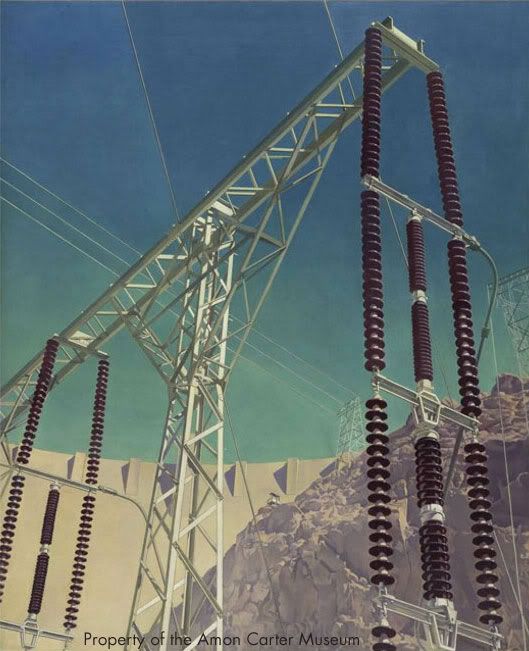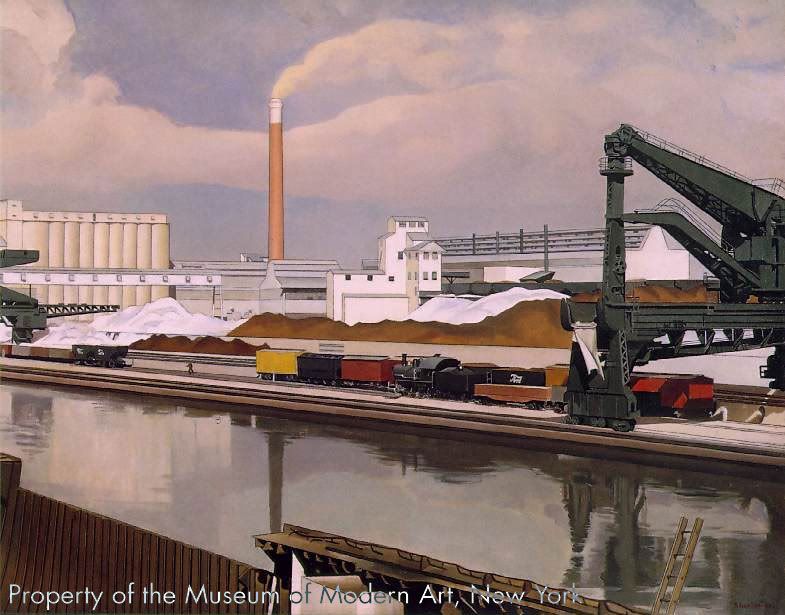
 Precision can be a scary term. It can put one in mind of mechanical things whirring away, sterile workplaces, frightening scores of algorithms. But precision can be beautiful. Engineering, mechanical things, these things are as much creativity and art as any painting or sculpture. Precisionism was a term coined by Charles Sheeler, an artist and photographer at the forefront of modernism in its early stages in the United States.
Precision can be a scary term. It can put one in mind of mechanical things whirring away, sterile workplaces, frightening scores of algorithms. But precision can be beautiful. Engineering, mechanical things, these things are as much creativity and art as any painting or sculpture. Precisionism was a term coined by Charles Sheeler, an artist and photographer at the forefront of modernism in its early stages in the United States.Born in 1883, Sheeler's painting went hand-in-hand with his photography and vise-versa. He eschewed organic forms, keeping humans and other living things far from his work. But to say his work lacked character and brilliance would be a falsehood.
In 1927, Sheeler spent weeks photographing and basking in the glory of one of Henry Ford's 'modern' car plants. He was terribly impressed with it, going as far as to trumpet this revolution in machinery as 'religious expression'. His painting "American Landscape" is possibly the epitome of his precisionism. This breathtaking composition of steel, iron, smoke, and sky spoke volumes to what inspired Sheeler.
 Creative people, especially fine artists and photographers, tend to learn by example of what is beautiful. Flowers, landscapes, rubenesque women; these things are widely accepted as pleasing. Sheeler's eye to the man-made can lead us down a different path. Industry isn't ugly, not if you view it with the right perspective. Precision is tackling every aspect of something with text-book perfection. Sheeler studied line, form, and color so closely that even the cold and mundane became a masterpiece.
Creative people, especially fine artists and photographers, tend to learn by example of what is beautiful. Flowers, landscapes, rubenesque women; these things are widely accepted as pleasing. Sheeler's eye to the man-made can lead us down a different path. Industry isn't ugly, not if you view it with the right perspective. Precision is tackling every aspect of something with text-book perfection. Sheeler studied line, form, and color so closely that even the cold and mundane became a masterpiece.Sources: The Artchive, Wikipedia, Art Knowledge News

Hmmm ... this makes me not feel so odd for liking to take photos of power lines and such.
ReplyDeleteI thought you may think that. I love this sort of stuff. Beauty in the everyday, the 'ugly'.
ReplyDelete